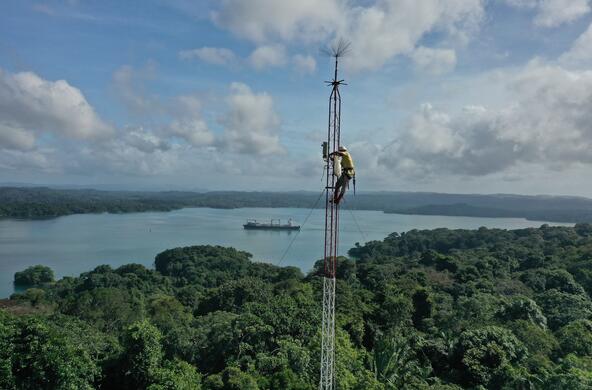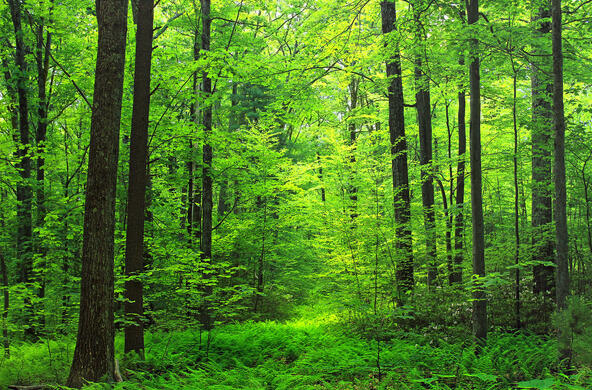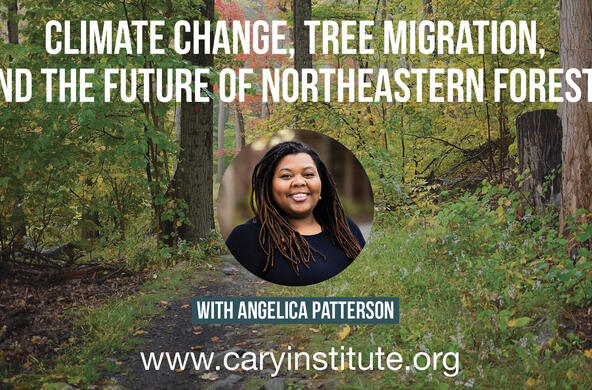
Following an exhaustive review of more than fifty years of long term data on environmental conditions at the Hubbard Brook Experimental Forest in the White Mountains of New Hampshire, the results are clear: spring is advancing and fall is retreating.
Regionally, climate change is poised to reduce the viability of the maple syrup industry and spread pests and pathogens.
Over the past half century, the climate at Hubbard Brook Forest has warmed and there has been a rise in rainfall and a decrease in snowfall. Winters are getting shorter and milder, with snowpack melting some two weeks earlier. Soil thaw is no longer tightly coupled with spring plant growth, creating a transitional period that results in the loss of important soil nutrients.
In the absence of an insulating snow pack, soils are more prone to freezing, which damages tree roots. Sugar maples are suffering from a one-two punch: soil frost is linked to tree mortality and warmer winters reduce sap yield. Mild winters are also encouraging the spread of the woolly adelgid, which destroys Hemlock trees. This forest pest was once held in check by cold temperatures.
As snow depth decreases, deer are better able to forage in the forest, leading to a reduction in saplings and the spread of a parasite lethal to moose. Reduced snow pack is also a challenge for logging operations, which use snow-packed roads to move trees, and to ski resorts, which already rely heavily on man-made snow.
While climate models are useful for ascertaining global trends, long term studies, like those conducted at the Hubbard Brook, are critical to understanding climate change impacts at the local level.






